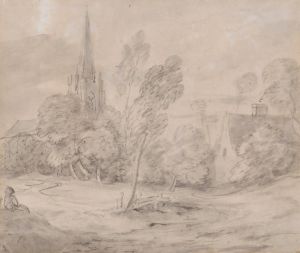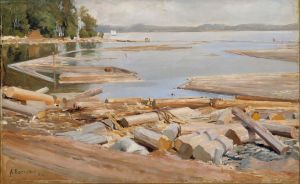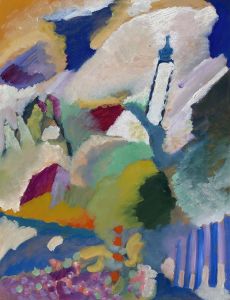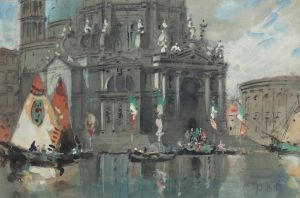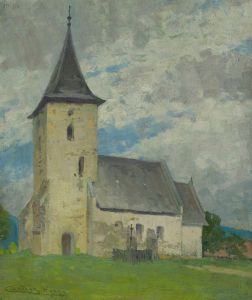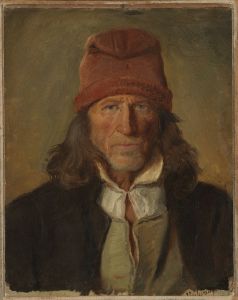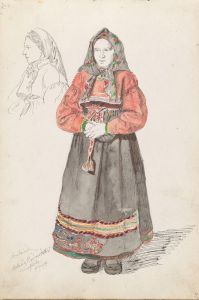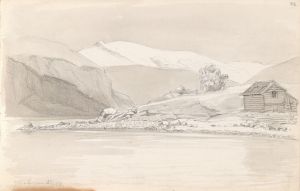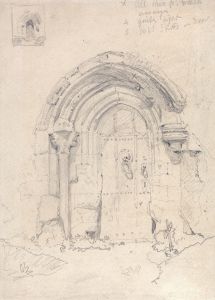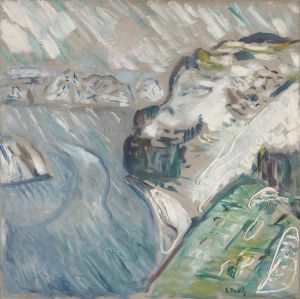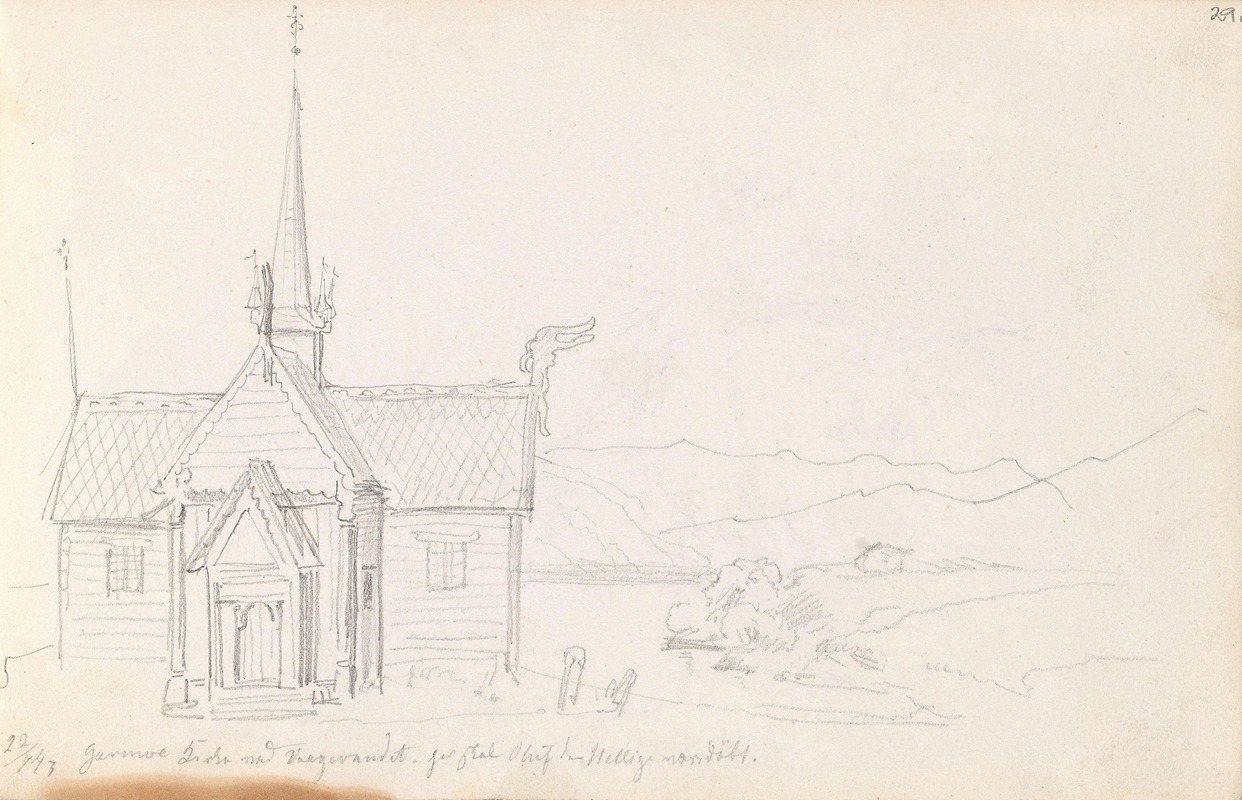
Garmo kirke
A hand-painted replica of Adolph Tidemand’s masterpiece Garmo kirke, meticulously crafted by professional artists to capture the true essence of the original. Each piece is created with museum-quality canvas and rare mineral pigments, carefully painted by experienced artists with delicate brushstrokes and rich, layered colors to perfectly recreate the texture of the original artwork. Unlike machine-printed reproductions, this hand-painted version brings the painting to life, infused with the artist’s emotions and skill in every stroke. Whether for personal collection or home decoration, it instantly elevates the artistic atmosphere of any space.
Adolph Tidemand (1814-1876) was a prominent Norwegian romantic nationalism painter, renowned for his depictions of Norwegian folk life and traditions. One of his notable works is "Garmo kirke," which translates to "Garmo Church." This painting is an exemplary representation of Tidemand's dedication to capturing the essence of Norwegian cultural heritage.
Garmo Church, originally located in the village of Garmo in Lom, Oppland, Norway, is a stave church that dates back to the 12th century. Stave churches are medieval wooden Christian church buildings once common in north-western Europe. The Garmo Church is particularly significant as it reflects the architectural style and religious practices of the time.
In "Garmo kirke," Tidemand captures the church's historical and cultural significance. The painting is known for its detailed portrayal of the church's interior, which includes intricate wood carvings and traditional Norwegian ecclesiastical art. Tidemand's attention to detail helps to convey the church's atmosphere and the importance of religion in rural Norwegian communities during the 19th century.
Tidemand's work is characterized by his realistic style and his ability to depict the everyday life and customs of Norwegian people. His paintings often include scenes of rural life, traditional costumes, and historical events, making them valuable records of Norwegian cultural history. "Garmo kirke" is no exception, as it provides insight into the religious practices and architectural heritage of Norway.
The painting also reflects the romantic nationalism movement in Norway during the 19th century. This movement sought to promote national identity and pride by emphasizing the unique cultural and historical aspects of the nation. Through his art, Tidemand contributed to this movement by highlighting the beauty and significance of Norwegian traditions and landscapes.
Adolph Tidemand's "Garmo kirke" is an important work that not only showcases his artistic talent but also serves as a historical document. It preserves the image of a significant Norwegian cultural landmark and offers a glimpse into the religious and social life of the time. The painting remains a valuable piece of Norway's artistic heritage and continues to be appreciated for its historical and cultural significance.





